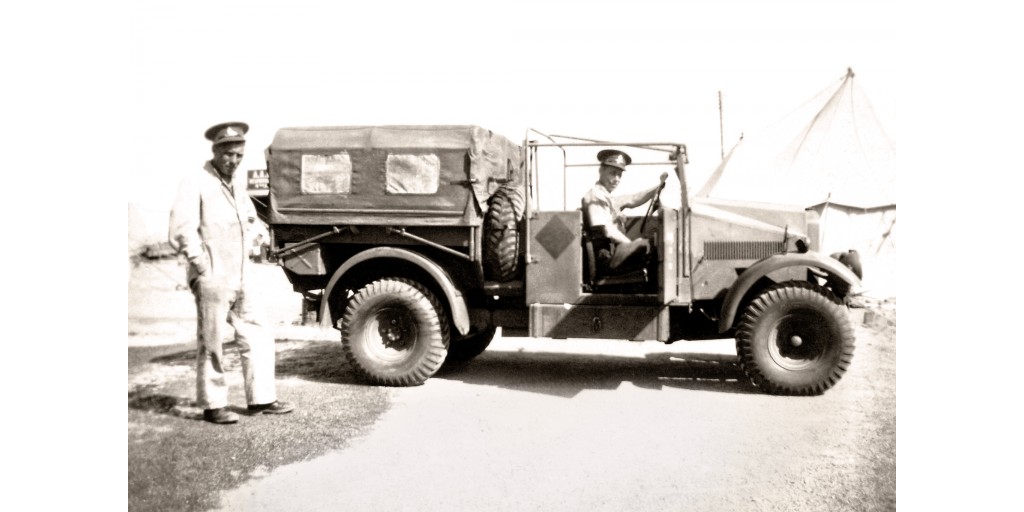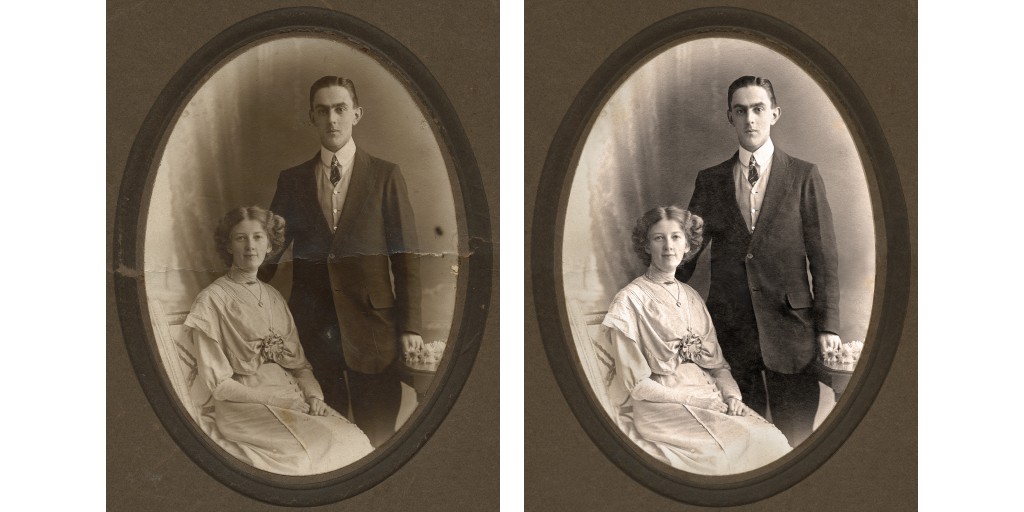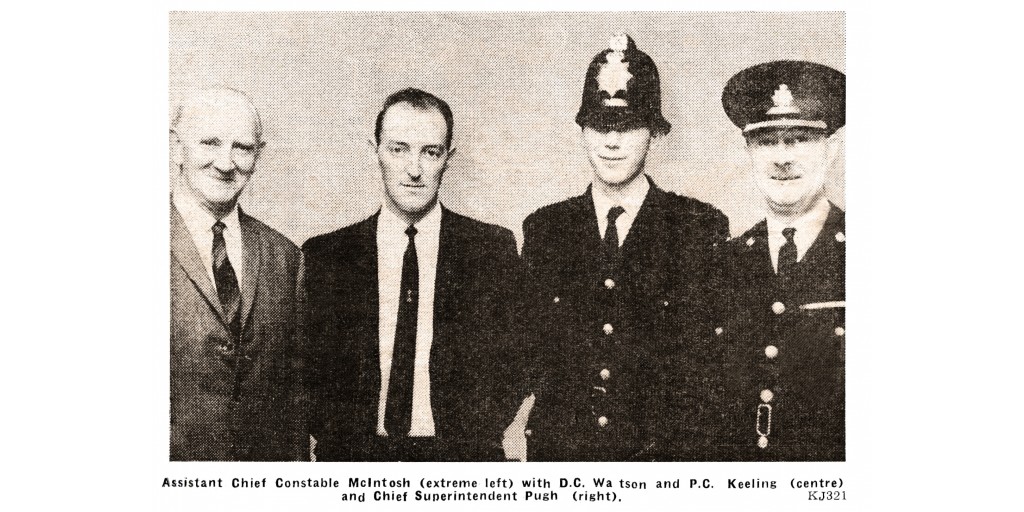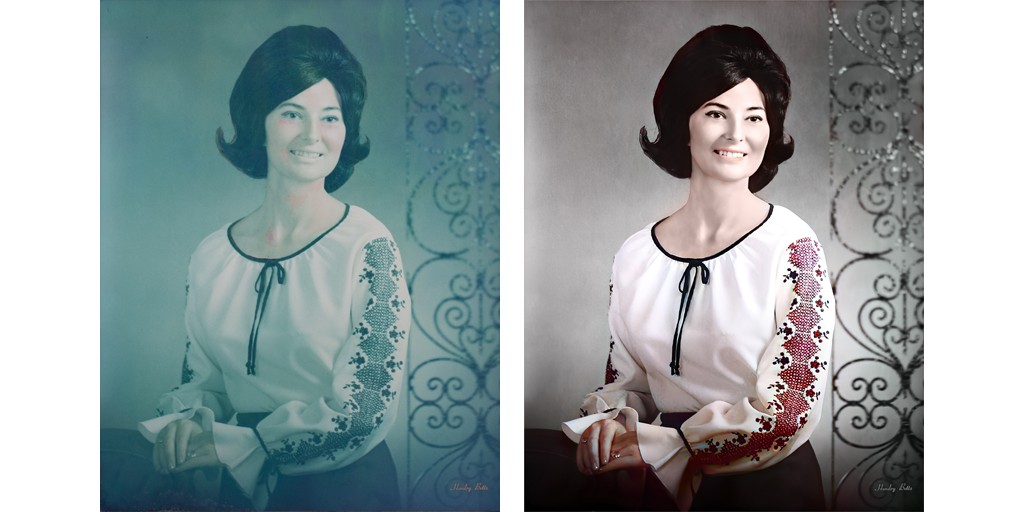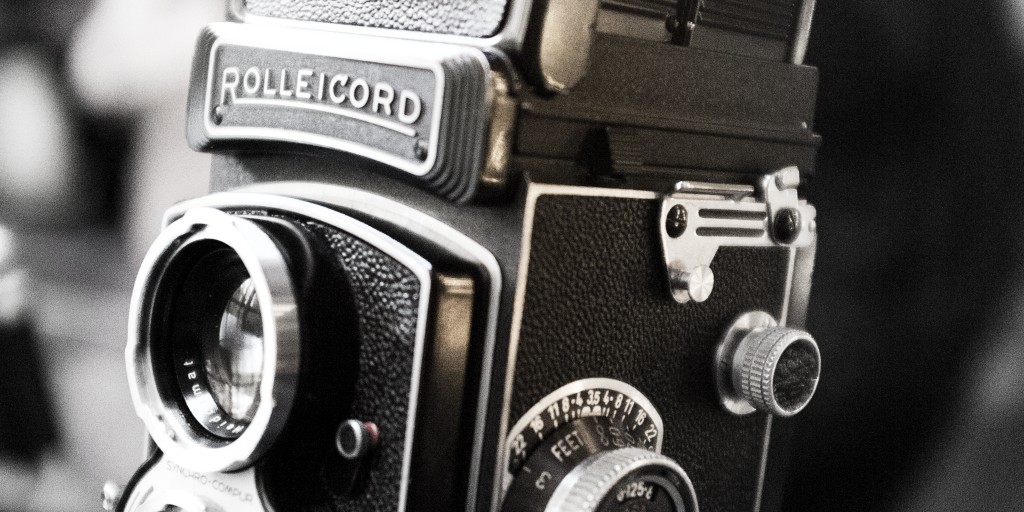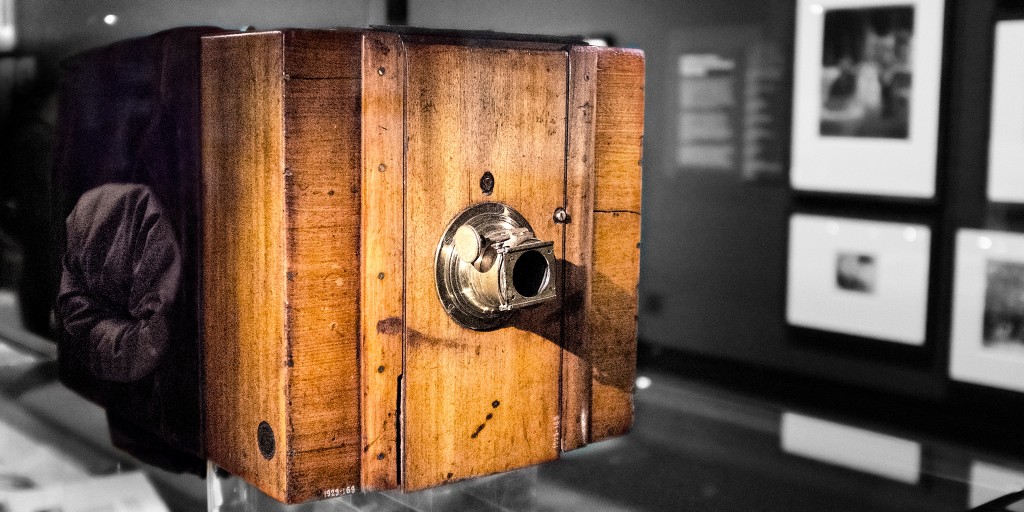Roger's Storyby William Jupe
“You know,” says Roger, “my mother so nearly threw that picture away. It was very creased. And when Dad wrote the date on the back, the pen pierced the photograph and damaged the part showing his arm and leg, so it was in a sorry state!”
But if anyone had an excuse for a little wear and tear, James Mann did. Taken in Egypt in 1938, then carried in his pocket, this photograph and one other quite literally 'saw action' as they travelled with their owner through the Second World War. Beginning his military service as a driver and ending as a gunnery sergeant, James Mann served in North Africa with the Royal Artillery and as far afield as Iceland. “He was at Dunkirk in 1940”, Roger says, “and I wonder if these photographs were evacuated with him! They are important to us as we have no other record of his life at that time.
“I don’t think they were ever displayed. I knew nothing of them until my mother died in 1998 (my father died in 1992). We found them in a drawer when clearing out my mother’s house. He did carry them with him, but after the war talked little of his time in the army or his war experiences; and only when he had had a few whiskeys!”
Discovering that photograph restoration is possible, and posting the prints to Restoring Glory, both pictures have now been repaired and enlarged (the tiny original above, just 8 by 5 cm, is now a glorious 23 by 15 cm). “I can tell you, my older brother who is in his eighties had a tear in his eye when I showed the restored picture to him. He had never seen the original before. My sister is certain that somewhere there is a photograph of Dad taken when he was in Iceland – with a Huskie dog named Mick! If we find it, we will certainly be bringing that for repair, too.”
If you have a treasured old photograph, contact Restoring Glory today to start out on your own amazing journey.
Thursday 25th July 2019Peter's Storyby William Jupe
Alfred and Dora got married in 1914, more than a hundred years before their son Peter would see their wedding photo. Now restored to its former glory, the picture has been framed and takes pride of place on his sideboard.
“My sister was keeper of all the family history archives”, Peter says, “which we discovered when she died last year out in Spain. I and my two daughters spent a week out there, when we had the time-consuming task of dealing with her assets and going through all her possessions.”
Despite searching online, Peter has yet to discover the name of the church. “I only know that the wedding took place on Boxing Day 1914, in Bristol – where I was born. Dad was in the army and spent time abroad and was one of the lucky ones who survived!”
It is only a little picture. Just 9 cm by 6 cm without its mount. But it was immediately clear that, behind the surface decay and an unfortunate crease, lay a photograph of quality and beauty. Of sufficient quality, in fact, to stand enlarging to 18 cm by 12 cm.
Peter kindly wrote to me afterwards. “We can’t say how delighted we are with the quality of the reproduction of my parents' 1914 wedding photograph. The sepia brown original was small and badly creased; and the picture quality was so poor. Your work copying and restoring has amazed me and everyone who has seen it. I have mounted the larger one in an appropriate frame and it looks fantastic; it’s currently standing on the sideboard well out of direct sunlight. The smaller one will shortly be included in my family tree project, which is very short of pictures going back that far. I only hope this generation with all their digital cameras and smartphones will keep some of the thousands of pictures they take, for their children to be able to see what we are now seeing thanks to your brilliant photograph restoration work with my parents.”
If you have a treasured old photograph, contact Restoring Glory today to start out on your own amazing journey.
Thursday 25th July 2019Lindsey's Storyby William Jupe
“Dad always had a bag packed and ready,” Lindsey tells me, “for when something happened at work and he was needed. Then we might not see him for days, or even weeks. He would either get the call at home, or someone would knock on the door to say that Dad wanted his bag and Mum shouldn’t expect to see him until the crime had been solved!”
Lindsey doesn’t know which particular case had caught the attention of the local press on this occasion. However, “working for the Regional Crime Agency, he helped to solve serious crimes, some of it concerning IRA activity.”
Newspaper cuttings about loved ones are precious, but unfortunately newsprint is thin and can easily become damaged. In this case, Lindsey’s dad’s name ‘Bill Watson’ had been written on it and the paper folded, causing crease marks. A colleague’s face had also been torn.
What led Lindsey to approach Restoring Glory photo restoration services?
“My brother happened to say that old photographs tend to get stored away and never revisited. We also became aware that we might individually have photographs of Dad that the other may not have seen; and in fact, Andrew (my brother) was unaware of this photo and news clip that I had. So, I decided to have it restored so that he could also have a copy. He was absolutely delighted when I gave him your work. So huge thanks again to you.”
If you have a treasured old photograph, contact Restoring Glory today to start out on your own amazing journey.
Thursday 25th July 2019John Fawkes's Storyby William Jupe
Once described by a national newspaper as ‘The Fawkes Guy’, John Fawkes is unusual for being descended from the infamous Gunpowder plotter of 1605. “My grandmother was very definite that this was the case”, John says. Next to the Daily Mail article is a wonderful photograph of the younger Mr. Fawkes with an enigmatic smile and his arms around a smoking barrel!
But, unlike his ancestor, John has no quarrel with the Crown. In fact, for many years he was a member of Her Majesty’s armed forces, and it was while abroad in the 1960s as an Exchange Officer with the US Army in Atlanta, Georgia, that this picture was taken.
“Some of my friends recommended an American photographer, Hendry Betts, to take a photograph of Margaret, my then wife. As he was an award-winning artist I agreed; and he subsequently entered the photograph into a Southern states competition and won a prestigious prize for his work. I’m so glad we did this, for only a few years later sadly she died, yet we have this wonderful record of her in her prime.”
As the years went by, the beautiful and prize-winning original photograph acquired a dull, green hue, caused by the various dyes in the printer’s ink fading at different rates. John, though, discovered that picture restoration is possible and approached Restoring Glory to see what could be done. Whilst the colours had unfortunately faded beyond repair, it was possible to paint them back in (a process known as colourising); and John was delighted. Intriguingly, the keys to discovering the original skin tones were the small patches of still-in-tact pink that the photographer had himself painted in by hand to perfect his image - proving that airbrushing is a great deal older than Photoshop!
“I am very, very impressed with what you have achieved,” John said “- and I'm not easily impressed! I actually think that the photograph looks better now than it did originally, before it faded.”
If you have a treasured old photograph, contact Restoring Glory today to start out on your own amazing journey.
Thursday 25th July 2019The briefest history of photographyby William Jupe
Nicéphore Niépce (1765-1833) was one of several pioneers who, working independently of each other, invented photography - remarkably, after he had already invented an internal combustion engine, the Pyréolophore. Around 1826, this talented Frenchman produced the oldest surviving camera photograph, a view from his window.
Since Niépce's heliography technique there have been more than 150 different photographic processes, with the daguerreotype prevailing from 1839, followed by the collodion process from the late 1850s. However, the Gelatin silver halide method was the main black and white photograph printing process from the late 1880s onwards, and it is likely that this was the method used to produce your old pictures.
Before 1888, photography was expensive and difficult and only for the few. Carefully prepared photographic glass plates had to be developed within minutes of being exposed, requiring considerable skill and access to a portable darkroom and toxic chemicals. But Kodak, founded by George Eastman, revolutionised photography with its pioneering use of film and its slogan "You press the button, we do the rest".
With the first 'Kodak', released in 1888 and costing $25 (the equivalent of £500 today), the camera and preloaded film (making round pictures) was returned to the factory for processing and loading with a new roll. The simple cardboard box Brownie that followed, launched by Kodak in 1900 and costing just a dollar, made photography truly accessible to ordinary people and ushered in the era of the snapshot. Models of the popular Brownie continued to be sold until the 1960s.
Colour film and slides were introduced by Kodak in 1935, but many photographers were sceptical, preferring their pictures monochrome. In the 1960s, however, colour started to eclipse black and white.
The arrival of digital photography around the turn of the century transformed photography again. Since 2003, digital cameras have outsold film cameras, whilst the convenience of the smartphone camera is now threatening the future of compact digitals.
The advent of powerful computers and sophisticated software has made photograph restoration possible, too, and treasured old pictures that were once considered beyond repair are being restored to their original glory.
Technology will continue to evolve, and manufacturers and retailers will keep encouraging us to sell what we have and trade up. But before we do, it's worth remembering that all the iconic photographs of the Twentieth Century were made using cameras that are now considered very old-fashioned and low-tech - proving that one doesn't need the latest or most expensive gear to create an image of enduring quality and beauty.
If you have a treasured old photograph, contact Restoring Glory today to start out on your own amazing journey.
Thursday 25th July 2019The story (and science) behind your pictureby William Jupe
Black and white
If your old photograph is black and white, or sepia, it is very likely to be a Gelatin Silver print.
In the Gelatin silver halide process, camera 'film' consists of a light-sensitive emulsion (a gelatin made of lots of light-sensitive silver halide crystals) on a base of plastic. When a photograph is taken, the crystals react to the light coming through the camera shutter, so that in the areas of the scene where there is light a reaction takes place, while in dark areas the crystals are unchanged. When the film is subsequently processed, the light-affected crystals react again to the developer solution to form black grains of silver. These black grains remain on the film, while another chemical (fixer) is applied to wash away the crystals that weren't exposed to light (the dark areas of the scene). The result is a 'negative' - a reverse image of the scene that was photographed, with the lightest areas of the photographed scene represented by the greatest density of black grains. To create the positive image that is needed, light is shone through the negative onto a special paper which (like film) is coated with light-sensitive silver compounds. This is your photographic print.
Gelatin silver halide was the basis of the methods later used for making colour photographs. But instead of one layer, several layers of emulsion were employed, with each emulsion recording a different colour.
Sepia
From the 1880s onwards photographers sometimes chose to give their black and white prints a 'tone' - for two main reasons: to make the picture look warmer, and/or to act as a preservative to prevent it from fading. Sepia toner converts the metallic silver in the print into silver sulfide, which is 50% more stable than silver and makes the print more resistant to pollutants in the atmosphere. In the process it gives the image a comfortable, yellow-brown hue.
Other tones were also used, sometimes to preserve, sometimes to add warmth, and sometimes to cancel out an unwanted colour tone produced by the printing process and provide a deep, rich black - the main purpose of selenium, which converts metallic silver to silver selenide. It was thought that selenium could also double the life of a print, but this is now questioned.
When your toned photograph is restored you can choose to retain the yellow-brown hue or have a picture that is black and white. Some prefer to keep the tone because they feel it is 'authentic'. Others argue that black and white is authentic, and that the tone might have been applied reluctantly by the photographer to keep the picture from fading. To complicate matters, many prints have yellowed over time because the photographic paper or gelatin matrix have changed colour with age (the silver particles making up the image are oxidising and causing the print to yellow and fade). So 'authenticity' means different things to each of us, and the decision to give your restored picture a 'hue' (or not) becomes a matter of taste and personal preference.
Colour
Whilst colour film didn't become available until the 1930s, pioneers had been experimenting with techniques for creating colour photographs for a long time before that. The first demonstration of the three-colour process that would become the foundation of almost all future colour techniques was in 1861. Using James Clerk Maxwell's method, three separate black and white photographs were taken and then projected through red, green and blue colour filters. Lumière Autochrome, the first commercially successful colour process, reached the market in 1907, but the required glass plates were expensive and exposure times long, making snapshots impossible. It wasn't until Kodak released Kodachrome film in the 1930s that colour photography (though still more expensive and less flexible than black and white) became more widely available and practical.
A correctly processed and stored black and white photograph (created using the silver halide method) is remarkably stable, shown by the huge number of old prints and negatives that survive. But colour photographs are, sadly, intrinsically unstable and much more vulnerable to light and fading. A colour picture's resilience depends on many factors, including the kind of inks and photographic paper that were used to make it, the type of light to which it has been exposed (ultraviolet radiation from sunlight is a particular problem), the intensity of the light and length of exposure to it, and the humidity and temperature of the display or storage environment. Older dye-based inks are invariably less resistant to sunlight and chemicals than 'pigment' inks, with the various dyes in a picture fading at different rates depending on how they were made. It is not uncommon for a photograph to have faded to its last surviving colour (red, blue, green or yellow); and eventually that final colour, with its remaining detail, will disappear, too.
The process of decay can be slowed by keeping colour photographs framed behind glass; this protects them from gasses in the air that cause fading (ozone, nitrogen oxide and sulphur oxide) - and away from bright light; an album with acid free pages is best for prolonging a picture's life. But while sunlight is a major problem for colour photographs, some will unfortunately fade even in the dark.
Digital photography - and photograph restoration done with computers - is hugely beneficial in this respect. Once a photograph has been restored and captured as a digital file, fading and decay cease to be problems because a fresh print can always be made.
If you have a treasured old photograph, contact Restoring Glory today to start out on your own amazing journey.
Thursday 25th July 2019
More StoriesAbout your photographs
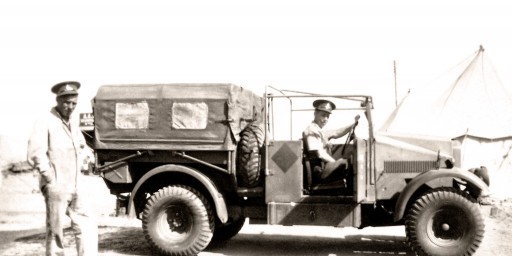 Roger's Story“You know,” says Roger, “my mother so nearly threw that picture away. It was very creased. And when Dad ...
Roger's Story“You know,” says Roger, “my mother so nearly threw that picture away. It was very creased. And when Dad ...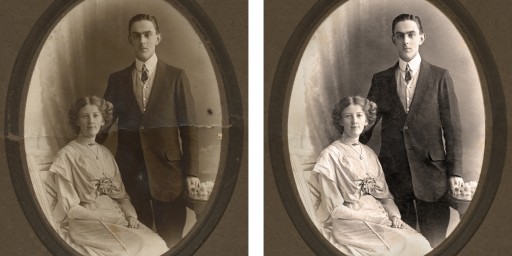 Peter's StoryAlfred and Dora got married in 1914, more than a hundred years before their son Peter would see their wedding photo. Now ...
Peter's StoryAlfred and Dora got married in 1914, more than a hundred years before their son Peter would see their wedding photo. Now ...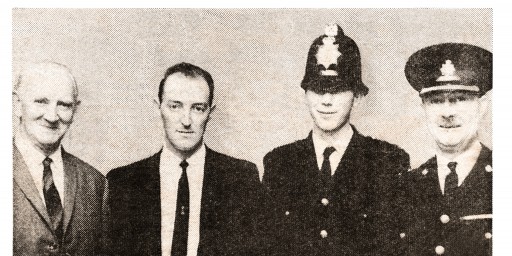 Lindsey's Story“Dad always had a bag packed and ready,” Lindsey tells me, “for when something happened at work and he was needed....
Lindsey's Story“Dad always had a bag packed and ready,” Lindsey tells me, “for when something happened at work and he was needed....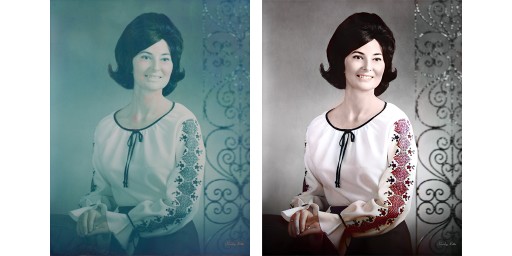 John Fawkes's StoryOnce described by a national newspaper as ‘The Fawkes Guy’, John Fawkes is unusual for being descended from the ...
John Fawkes's StoryOnce described by a national newspaper as ‘The Fawkes Guy’, John Fawkes is unusual for being descended from the ...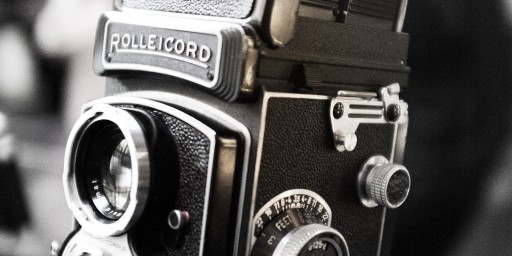 The briefest history of photographyNicéphore Niépce (1765-1833) was one of several pioneers who, working independently of each other, invented ...
The briefest history of photographyNicéphore Niépce (1765-1833) was one of several pioneers who, working independently of each other, invented ...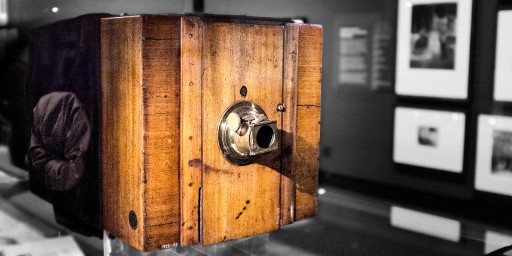 The story (and science) behind your pictureBlack and white. If your old photograph is black and white, or sepia, it is very likely to be a Gelatin Silver print.. ...
The story (and science) behind your pictureBlack and white. If your old photograph is black and white, or sepia, it is very likely to be a Gelatin Silver print.. ...

